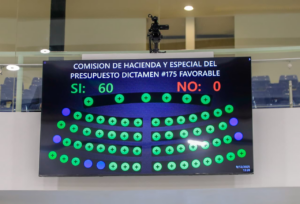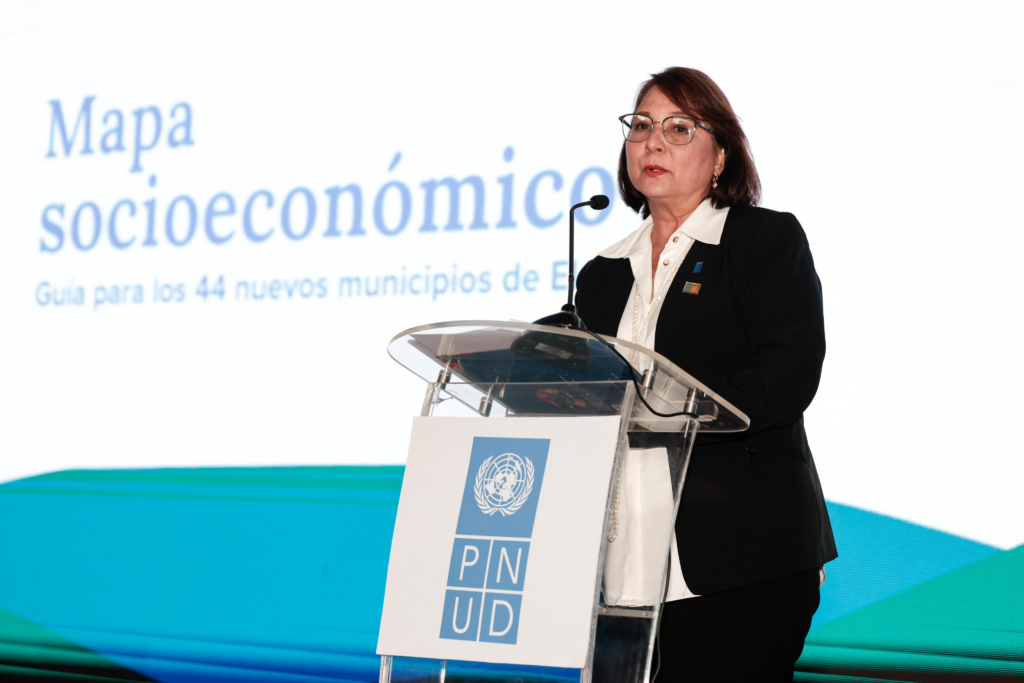
El Salvador implemented the Special Law for Municipal Restructuring, reducing the number of municipalities from 262 to 44. This change has transformed the territorial dynamics of the country, requiring a profound reevaluation of the socioeconomic conditions in the affected regions. In response to this need, the United Nations Development Program (UNDP) has launched the “Socioeconomic Map: Guide for the 44 new municipalities of El Salvador”, an essential tool for national and territorial actors seeking to understand the new realities of the country.
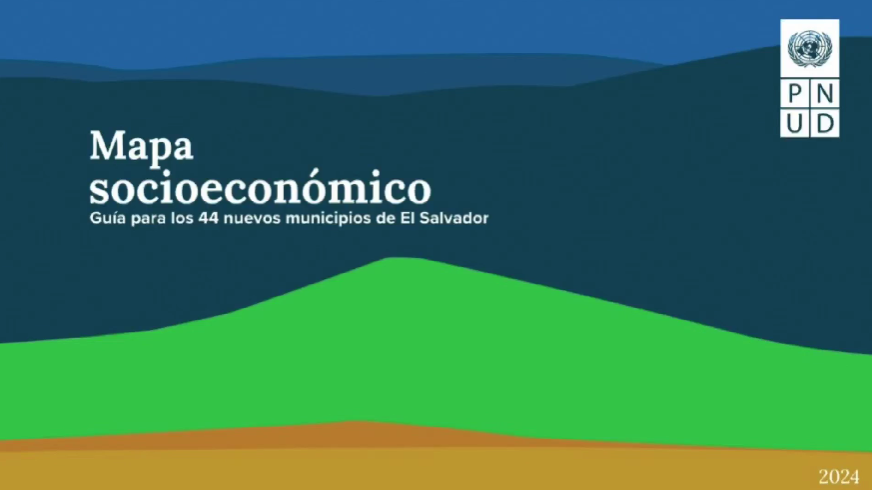
The document, designed to offer a first statistical approximation of the socioeconomic characteristics of the new municipalities, provides a solid basis for strategic decision-making. According to Maribel Gutiérrez, UNDP Resident Representative in El Salvador, “The data allow us to identify that municipalities with higher population density have greater demands for housing, transportation and services, but also present an environment conducive to economic growth and labor market development”.
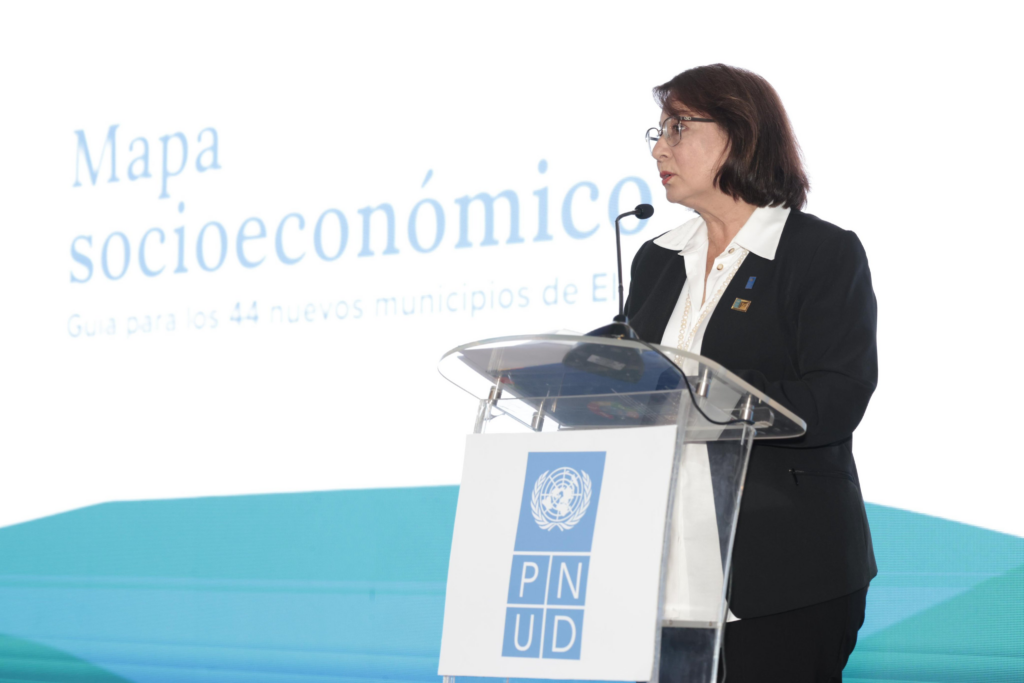
Among the key data highlighted by the UNDP is the employment rate of 61.1% at the national level, with a female employment rate of 48%. However, one of the most significant challenges is the high percentage of people employed informally, which reaches 70%.
These numbers reflect the difficulties faced by the population in accessing formal, quality jobs, which directly affects the average labor income, which stands at US$367.45.
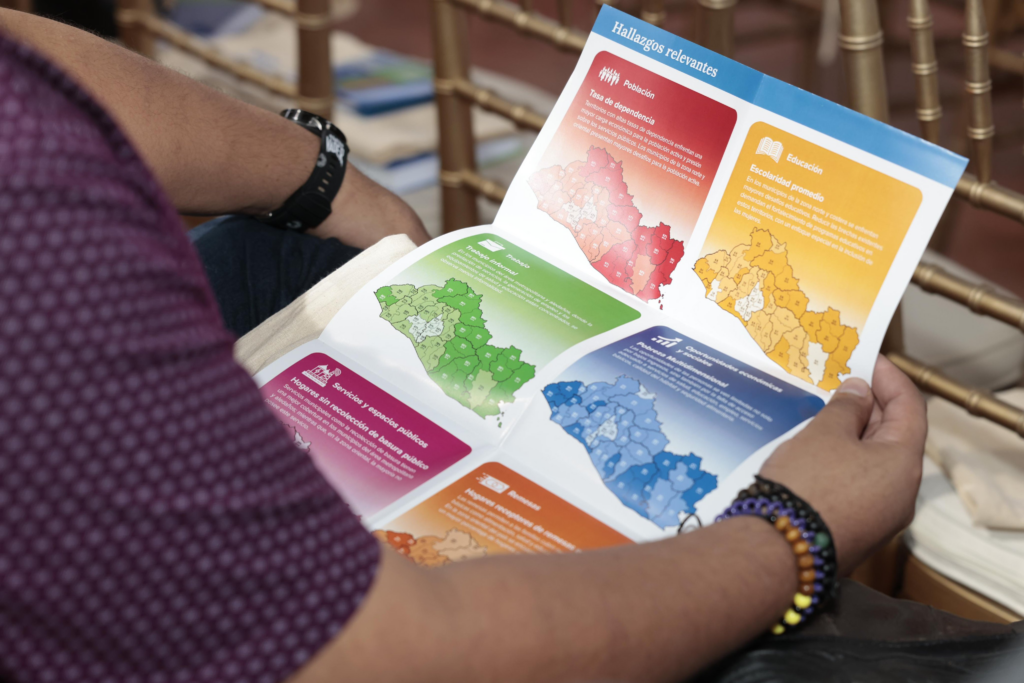
The socioeconomic guide is a tool that not only serves to understand the current situation, but also to plan local development more effectively. The official live presentation of the Socioeconomic Map is part of UNDP’s work to provide rigorous technical solutions for the territorial reconfiguration of the country, supporting local and national authorities in the implementation of public policies.

With the new municipal structure in place, the challenge now is to design strategies that address existing inequalities and enhance growth opportunities in the territories. UNDP, with its experience in the systematization of information, is positioned as a key partner in this transformation process.
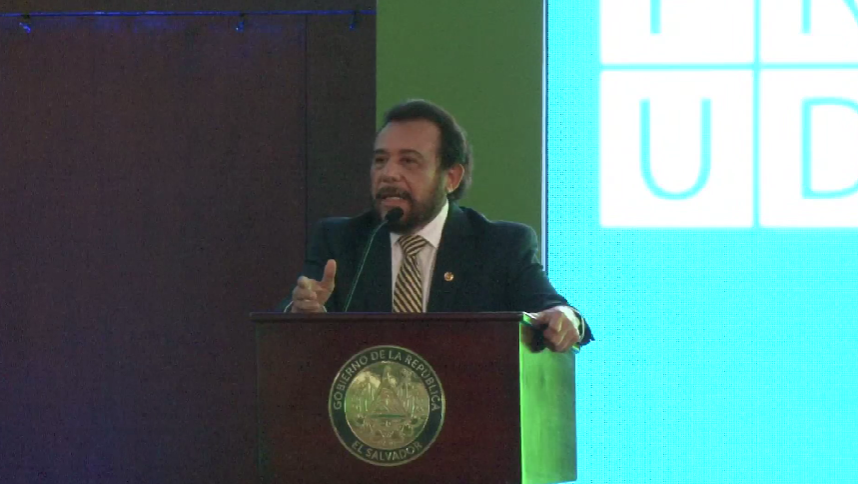
Finally, this map will not only serve government institutions but also civil society organizations and the private sector, which can use it to direct their efforts towards areas with greater need and potential for development. Thus, the socio-economic map becomes a fundamental piece for the revitalization and modernization of municipalities in the new territorial configuration of El Salvador.






